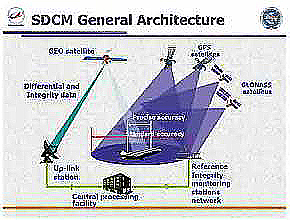NOAA, Japan Establish QZSS Ground Station in Guam

Officials from the National Oceanic and Atmospheric Administration and the Japan Aerospace Exploration Agency (JAXA) have unveiled a new ground station in Guam that will track spacecraft from JAXA’s upcoming Quasi-Zenith Satellite System (QZSS).
Designed to work seamlessly with the U.S. Global Positioning System, QZSS is a space-based augmentation system (SBAS) being developed by JAXA to improve navigation satellite coverage over Japan and surrounding areas. The first QZSS satellite is expected to launch in 2010.
By Inside GNSS














